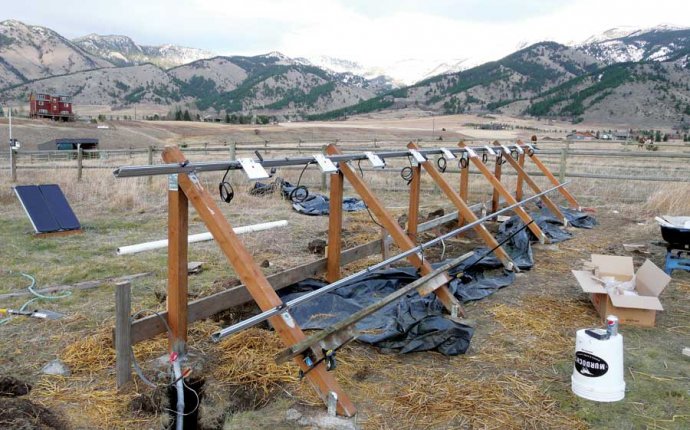
DIY solar Panels
After years of tweaking by other scientists, researchers at MIT have figured out how to chemically stabilize plant-derived photosystem-I (PS-I), the structures inside plant cells that perform photosynthesis, on a substrate that creates electric current when exposed to light–all using readily available materials. The newly created solar cell isolates PS-1 molecules, and with the help of zinc oxide nanowires, carries a current. The best part: a low-tech lab could replicate the results and improve on them. The field of biophotovoltaics has traditionally been limited to labs with lots of cash.
The researchers imagine that they could send a plastic bag filled with stabilizing powder (cheap chemicals) along with a set of illustrated instructions to people who want to build their own solar panels. All the DIYers need to provide is some sort of “green” waste–like grass clippings–and a piece of metal or glass to use as a substrate.
Put everything together, connect a few simple wires, and–voila!–there’s a solar panel that can be hooked up to charge a battery or power a lightbulb. Eventually, MIT researcher Andreas Mershin speculates that people will be able to “take that bag [of stabilizing powder], mix it with anything green, and paint it on the roof.”
Mershin and team still need to increase the efficiency of their DIY solar panels by tenfold (up to 2% or so) for them to become useful, but this could happen in just a few years with help from other labs. “We wanted to lower the energy barrier for other labs to come enter, ” explains Mershin.
Even though 2% isn’t particularly efficient for a solar panel, the parts for the DIY panel are so cheap that it’s good enough. And once the efficiency is increased, it will become even easier for residents of the developing world to ditch unhealthy kerosene lanterns for lightbulbs.
There isn’t much incentive for enterprising companies that might want to take on the project, says Mershin: “It’s a self-defeating business model. We’re trying to make it simple enough that anyone can hack it and do it better than us.” But it’s the ultimate democratization of clean electricity, with lessons taken from nature’s solar panels.









